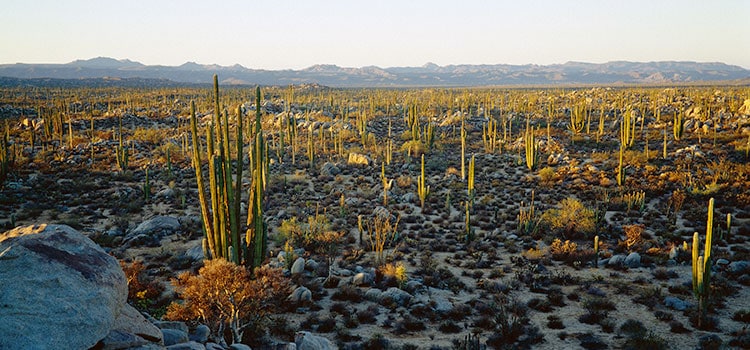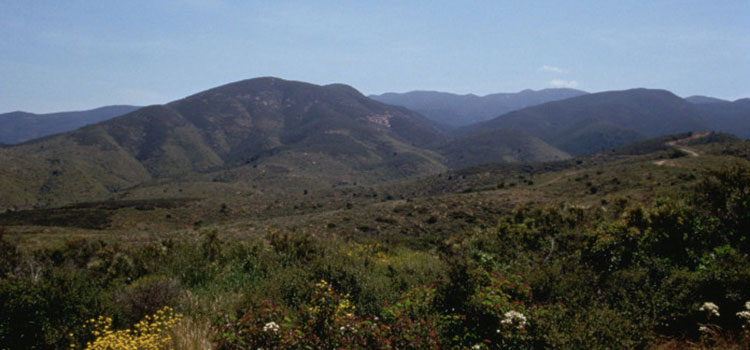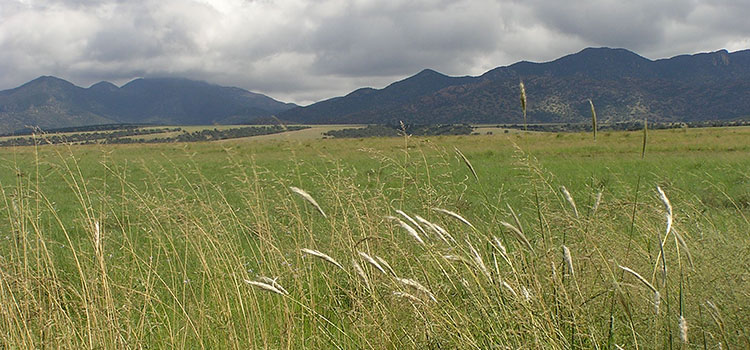Overview of our Region
The SJV boundary includes central and southern Arizona, southern California (including the Channel Islands), and the Mexican states of Baja California, Baja California Sur, Sonora, Sinaloa, and Nayarit, as well as western Chihuahua, western Durango, and the Gulf of California and its islands. The SJV includes all or part of 10 Bird Conservation Regions identified by the North American Bird Conservation Initiative Committee. It spans 2 countries, more than 25 native nations, 5 biosphere reserves and 15 natural protected areas in Mexico, 17 U.S. National Wildlife Refuges, and 12 National Parks.
A Place of Influences
The SJV region is unique geographically, biologically, and culturally. It is a location of starting and ending points, where many major systems come together. The region is influenced by the Rocky Mountain and Sierra Nevada Mountain Ranges from the north, the Great Plains and Chihuahuan Desert from the east, the Sonoran and Mojave deserts and Great Basin from the west/northwest, and the Sierra Madre Occidental from the south. It also has influences from the Pacific Ocean and California Current System, as well as the Neotropics. Because of this, the region is a biological hotspot where we have an immense variety of habitats and high species diversity. Many species are found at either the northernmost or southernmost limits of their ranges. This area is also home to diverse human communities, and Indigenous peoples have lived and stewarded this region since time immemorial.
Birdlife
The birdlife of the SJV region is diverse, with nearly 750 bird species breeding in, wintering in, or migrating through the area. This is nearly two-thirds of all bird species that occur in northern Mexico, the United States, and Canada. There are seventeen endemic or near endemic species. Additionally, there are several endemic subspecies. Over 50% of the world’s population of about twenty species also occurs here.
Birds rely on a myriad of habitats in the SJV region, including desert and coastal shrublands, riparian, Madrean pine-oak, pine, mixed conifer, chaparral, pinyon-juniper woodlands, desert grasslands, tropical deciduous forests, desert thornscrub, coastal dunes, mangroves, estuaries, as well as freshwater, brackish, and saltwater wetlands, and coastal lagoons.
Sub-Regions of the SJV

Arid Borderlands
The Arid Borderlands includes parts of Arizona, California, Nevada, Utah, Sonora, Sinaloa, Baja California, Baja California Sur, and the adjacent islands in the Gulf of California and the Pacific Ocean. The sub-region includes all or parts of four Bird Conservation Regions (33, 40, 41, and 42) and comprises unique ecosystems including the Sonoran and Mojave deserts, riparian habitat, mangroves, desert thorn-scrub, and tropical deciduous forest.

California Coasts and Mountains
The Californian Coasts and Mountains comprises southern California, Baja California, and the Pacific islands off the coast of these two states. This sub-region includes all or parts of three Bird Conservation Regions (32, 39, and 63). The Mediterranean climate of hot, dry summers and cool, moist winters creates conditions for vegetation that includes coastal sage scrub, chaparral, pinyon-juniper, live oak woodlands, and pine as elevation increases.

Mexican Highlands
The Mexican Highlands comprises parts of Arizona, Sonora, Sinaloa, Chihuahua, Durango, and Nayarit. This sub-region includes a portion of Bird Conservation Region 34. The area is characterized by high elevations and complex topography, with high mountain forests separated by semi-desert grasslands, Sinaloan thornscrub, tropical deciduous forest, and Chihuahuan and Sonoran desertscrub. Riparian habitat is important throughout the sub-region, as are seasonal desert wetlands such as playas and ciénegas.

Pacific Lowlands
The Pacific Lowlands extends from northeastern Sonora between the Sonoran Desert and the Sierra Madre Occidental to the coast of northern Sinaloa and continues along the coast to the border of Nayarit. This sub-region includes Bird Conservation Regions 43 and 44. Habitats in this region are primarily thornscrub, tropical deciduous forest, and pine-oak forests, crossed by ribbons of riparian systems. Mangroves, coastal marine wetlands, shoreline, and other marine habitats occur along the coast.
Focal Ecosystems
To be effective in our efforts to address the needs of such a large and complex region, the SJV currently focuses on six ecosystems: aridlands, grasslands, forests, islands, coastal wetlands, riparian systems, and freshwater wetlands. These systems include some of the highest priority birds and habitats identified in international and national bird conservation plans like the Partners In Flight Landbird Conservation Plan, the North American Waterfowl Management Plan, North American Waterfowl Management Plan, the U.S. Shorebird Conservation Plan, and Waterbirds for the Americas. In addition, we selected these systems because the SJV has strong partnerships or potential for new partnerships in the area, others are not currently doing landscape-level work there, and/or SJV staff and partnerships have something substantial to contribute.
Learn more about the Focal Ecosystems in our Conservation Implementation Plan.
